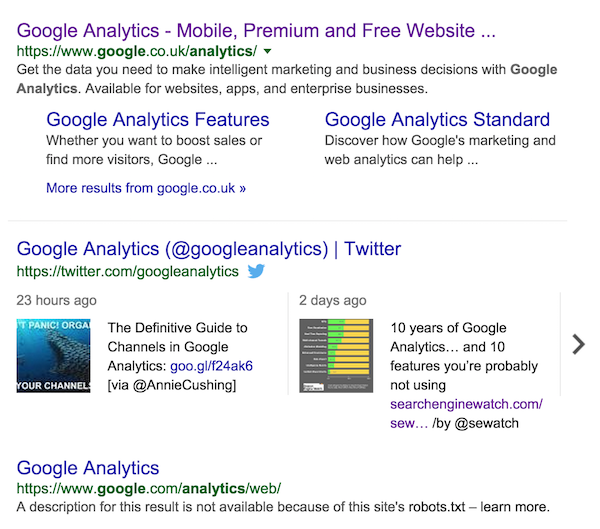Will 2015's SEO best practices carry over into 2016?
As we near the end of 2015, it’s important to consider which elements of your SEO campaign will be relevant throughout 2016 and which ones might expire or change in unfamiliar ways.
As we near the end of 2015, it’s important to consider which elements of your SEO campaign will be relevant throughout 2016 and which ones might expire or change in unfamiliar ways.
The SEO industry is volatile, and every month something new seems to shake up the scene and force us to reevaluate our priorities.
Best practices in 2010 don’t have much in common with best practices today, yet we believe that many of today’s best practices will be relevant indefinitely.
As we near the end of 2015, it’s important to consider which elements of your SEO campaign will be relevant throughout 2016 and which ones might expire or change in unfamiliar ways.
In 2015, we witnessed a host of changes to the SEO landscape, from tweaks to ranking factors to shifts in potential visibility. In 2016, I’m anticipating more changes along these lines.
By looking back, we can determine Google’s (and other search engines’) priorities, and use those to estimate changes that are around the corner.
Currently, social media probably plays a minimal role in directly influencing your rankings, though it likely plays strong indirect roles in doing so.
Greater social signals (such as users sharing your content or interacting with your brand) can help you rank higher, but for the most part social media serves as a great external channel to generate more inbound traffic for your site.
However, Google and other search engines are working harder to incorporate social media posts in new ways. For example, Twitter tweets are now embedded in certain search results.

As this trend continues into 2016, posting on social media will continue to grow in importance to search visibility, though probably not in direct correlation to your site’s rankings.
In 2015, mobile traffic finally surpassed desktop traffic, and Google released its so-called “Mobilegeddon” update to phase out any sites that weren’t optimized for mobile devices. 2015 was the year mobile became the dominant form of web traffic, and 2016 will be a continuation of the rise of mobile.
Google’s own John Mueller stated this year that mobile-only sites (i.e., sites without a dedicated desktop version) suffer no ranking penalty.
Google has all but abandoned desktop-focused SEO, and you should too as we move into 2016.
Content that provides general information is becoming obsolete. This is in part due to the fact that online content is becoming oversaturated, but even more so due to new technological developments like the Google Knowledge Graph and Windows’ Cortana.
Digital assistants and advanced algorithms can now give users immediate information without ever routing them to an external site.
Instead of trying to write about that general information, shoot for more niche, unique topics.

External links have been shrinking in importance for the past three years or so, but new forms of link building have arisen. Brand mentions, which don’t use any explicit link, and off-site reviews are serving as new forms of off-site authority building.
Even newer forms of link building, like links to specific sections within apps, will grow in importance in 2016.
The big local SEO shakeup in 2015 was the introduction of the local 3-pack, but thanks to increased interest in wearable technology, greater activity of local businesses, and general consumer needs, expect to see more local SEO changes in 2016.
Reviews and local citations will become more important, and geographic-based searches will become even more specific, serving at the neighborhood level instead of a city or region.
Now that we’ve seen all the ways SEO may change in the next year, I’d like to focus more on what’s staying the same.
I’d like to believe that certain best practices really are timeless, or at the very least, that some best practices have a few more years left in them.
Keep these practices central to your SEO campaign well into 2016, as they aren’t in any immediate risk of being phased out:
Obviously, there are more best practices than these to consider when you’re structuring an SEO campaign for the future, but these blanket concepts will help you understand your main priorities.
There’s a significant degree of uncertainty with these predictions, as historic trends and patterns of growth don’t necessarily dictate a consistent future, and timing, of course, is sensitive to hundreds of unseen variables.
One thing is certain, however; SEO in 2016 will not be the same as SEO in 2015. Technologies, systems, and trends change too rapidly to support any one set of goals or practices for long.
Stay cognizant of industry-related changes and work quickly to adapt when things shift—as long as you keep a reasonable pace of development, you should have no problem outperforming the competition.